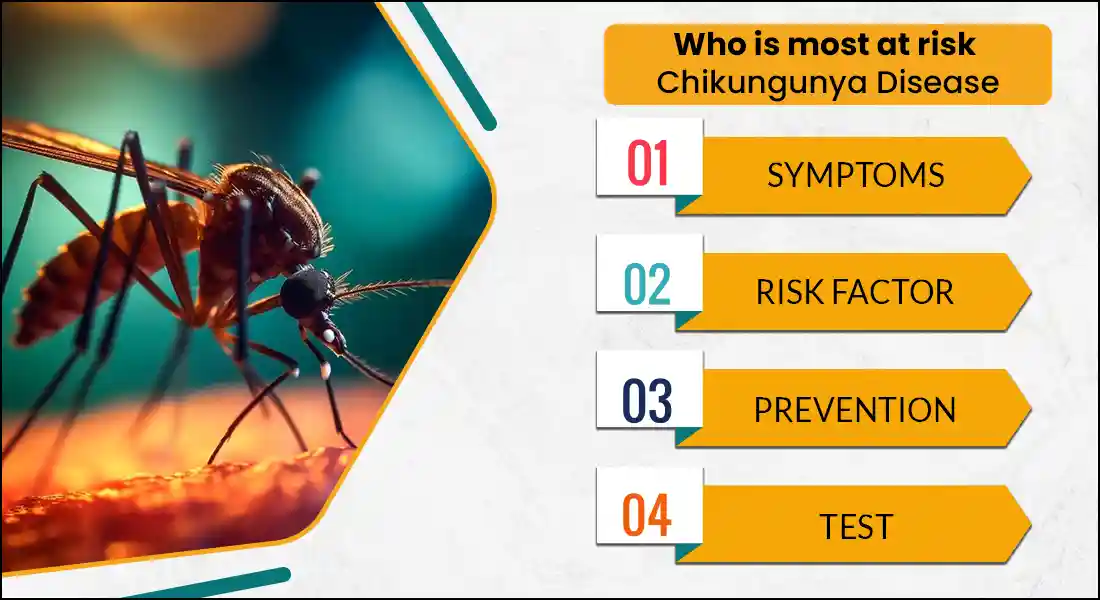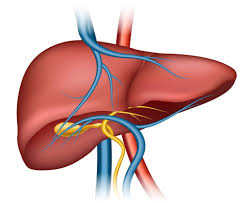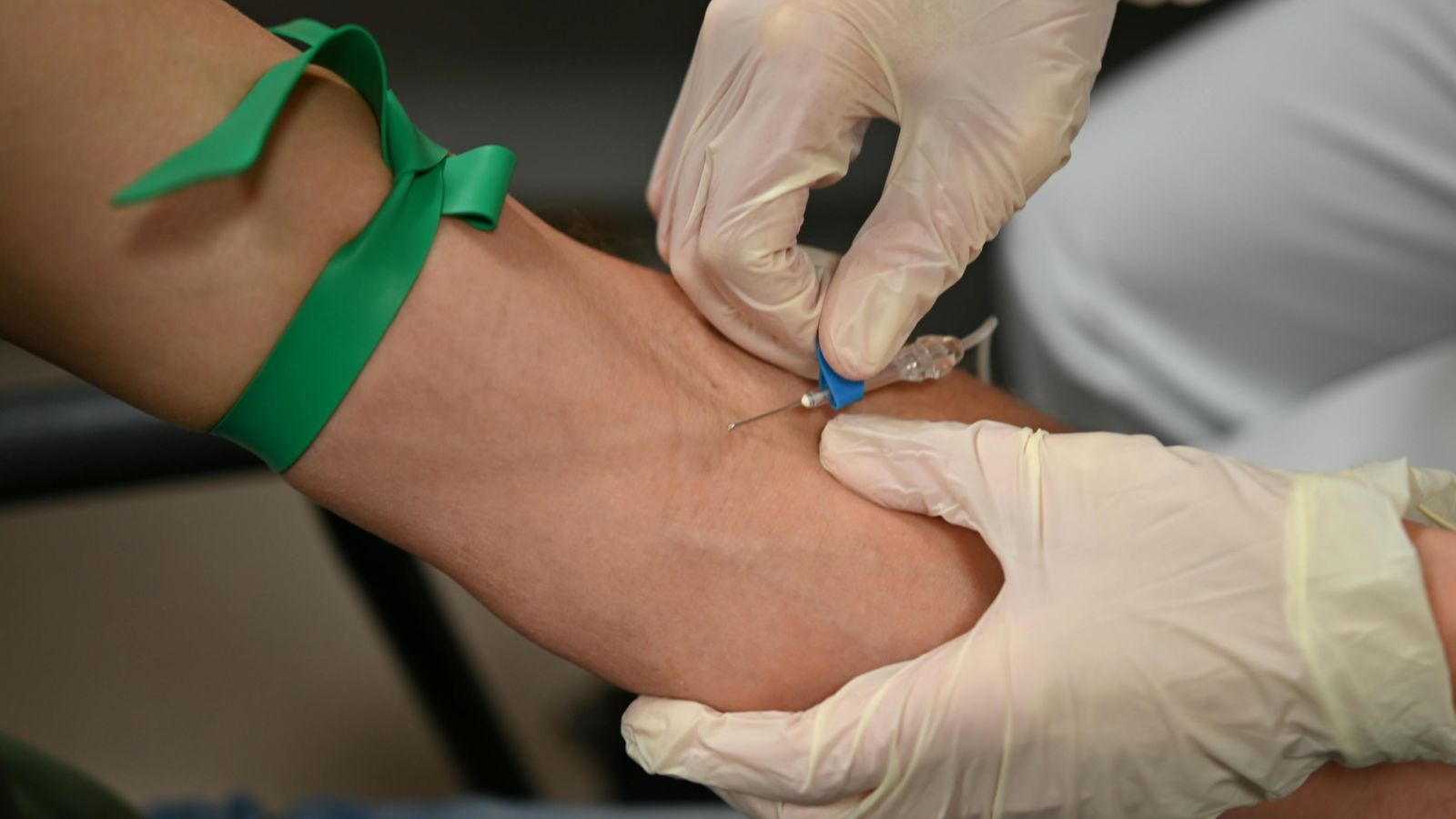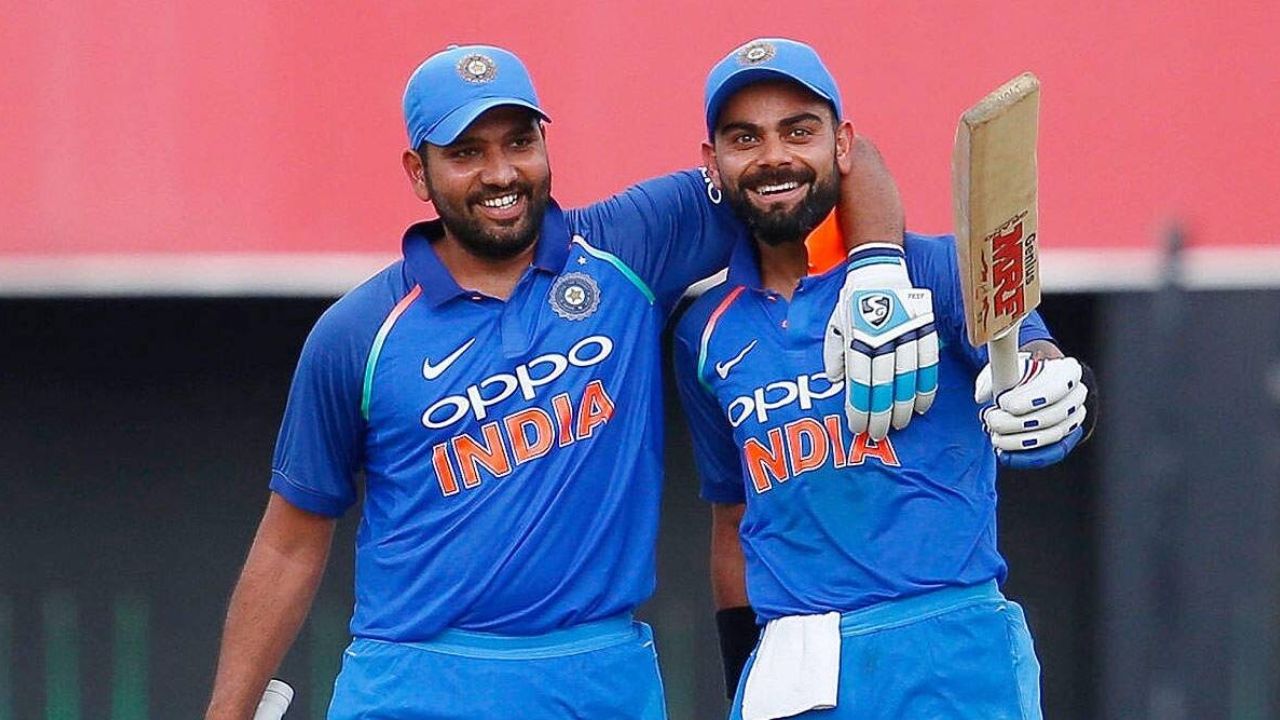High Risk of Chikungunya in India: What You Need to Know in 2025
- bykrish rathore
- 04 October, 2025

In 2025, public health experts and global agencies are warning of a heightened risk of chikungunya in India. The World Health Organization has raised alarms over resurging chikungunya outbreaks originating in the Indian Ocean region, with epidemic transmission now observed in South Asia including India.
India’s own reporting suggests that chikungunya continues to be a concern. The National Center for Vector Borne Diseases Control (NCVBDC) tracks suspected and confirmed cases nationwide. Some epidemiologists believe that the official figures may understate the true burden, especially as the monsoon and post-monsoon season create ideal conditions for mosquito breeding.
A recent modeling study estimated that 5.1 million people in India are at risk annually, with that number possibly rising to 12.1 million under more aggressive transmission scenarios. Meanwhile, localized outbreaks have been reported in states including Maharashtra and Karnataka.
Why the Risk Is High
Favorable climate & mosquito ecology: Warm, humid conditions and heavy rains (typical during and after monsoon) create ideal breeding habitats for Aedes aegypti and Aedes albopictus mosquitoes, the vectors of chikungunya. LSHTM+2CIDRAP+2
Underreporting & surveillance gaps: Many mild cases may go undiagnosed or be misdiagnosed as dengue or other fevers, compounding the challenge of accurate case counts.
Spread from outbreaks abroad: Large outbreaks in La Réunion, Mayotte and Mauritius have increased the risk of importation and local transmission back in India.
Long-term impacts: While mortality is generally low, chikungunya can cause severe joint pain, fatigue, and chronic arthritic symptoms lasting months or longer in a significant fraction of patients.
Symptoms & Warning Signs
Typical symptoms appear 2–7 days after infection and include:
Sudden high fever
Intense joint pain (especially knees, wrists, ankles)
Muscle pain, headache
Rash
Fatigue, malaise
In many cases, joint pain can persist for weeks to months, and occasionally even years, affecting quality of life.
Prevention & Protective Measures
Because there is no widely available antiviral treatment for chikungunya, prevention is critical:
Use mosquito repellents (DEET, picaridin, IR3535, etc.)
Wear long-sleeved shirts and pants, especially during daylight hours when Aedes mosquitoes bite
Use window screens, mosquito nets, and indoor mosquito control
Eliminate standing water — empty, cover, or clean containers that can hold water (pots, tires, buckets, etc.)
Community mosquito control: fogging, larviciding, source reduction
Seek medical attention if you experience high fever with joint pain
Implications & Call to Action
Given the elevated risk, it's vital for public health agencies, local governments, hospitals, and communities across India to ramp up surveillance, preparedness, and vector control programs. Early detection and prompt response can help minimize spread and reduce the burden on healthcare systems.

Note: Content and images are for informational use only. For any concerns, contact us at info@rajasthaninews.com.
40 के बाद शर्ट से बा...
Related Post
Hot Categories
Recent News
Daily Newsletter
Get all the top stories from Blogs to keep track.











